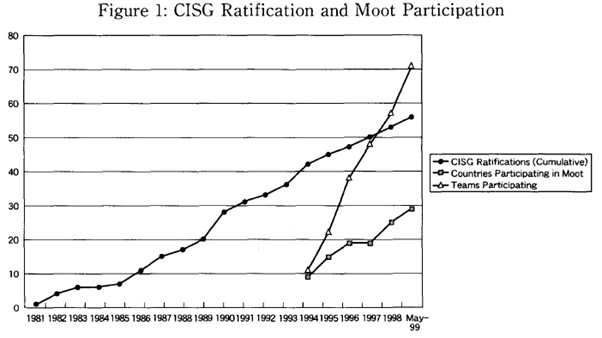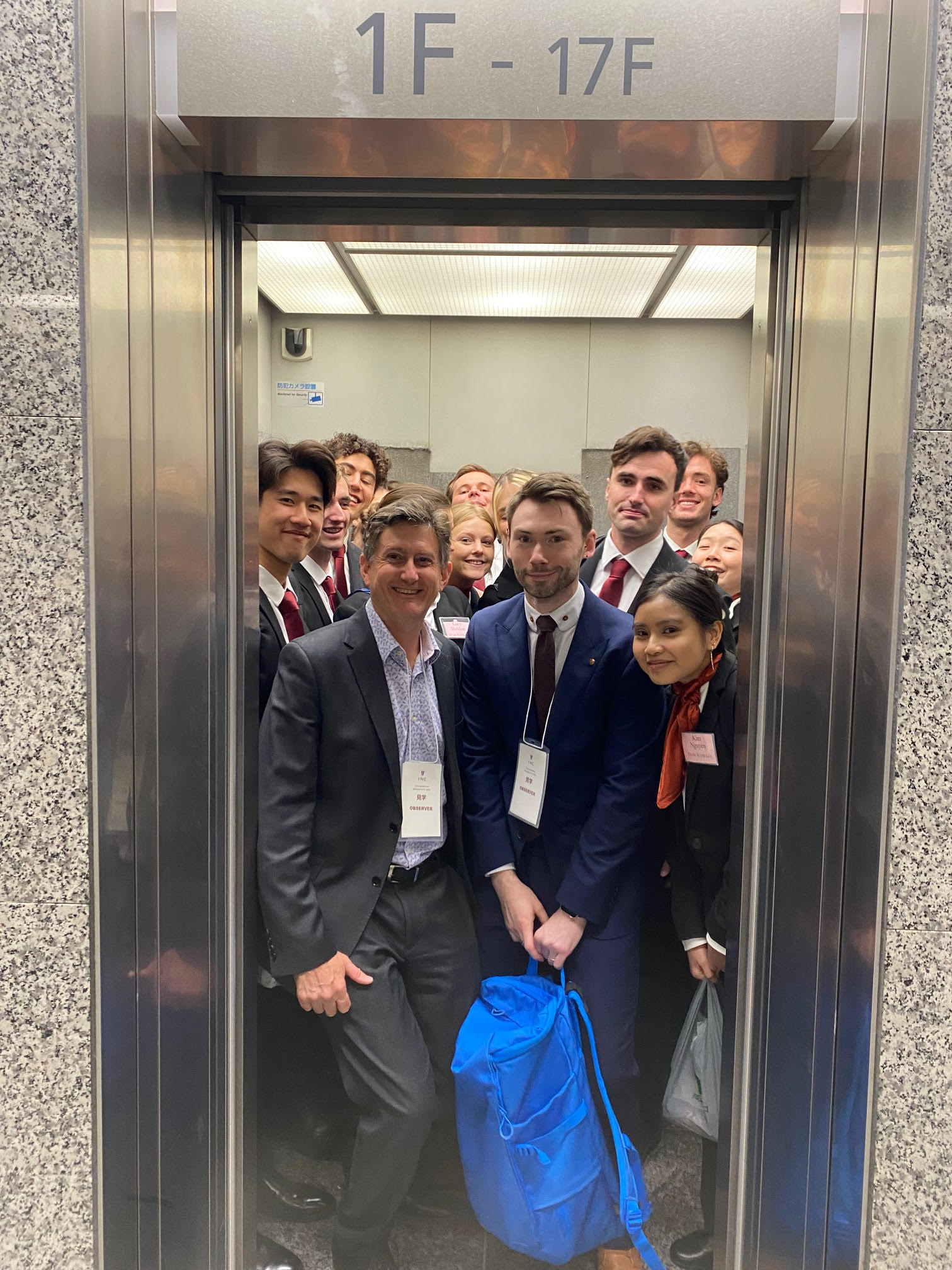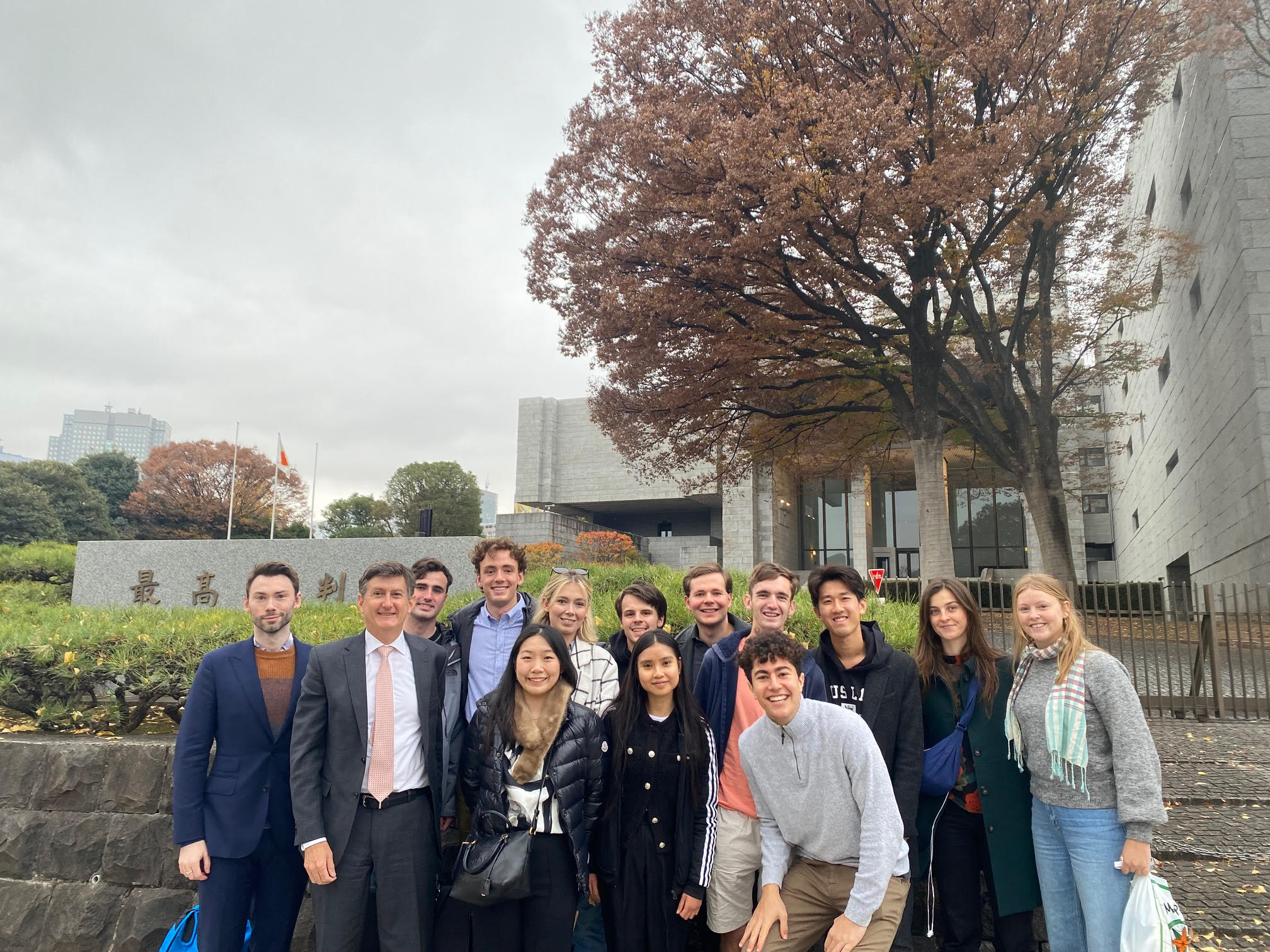Written by: Luke Nottage (University of Sydney) and Souichirou Kozuka (Gakushuin University, ANJeL-in-Japan program co-convenor)
Leading up to Australia’s federal election due by May 2025, the Commonwealth Treasury has (re-)initiated public consultations into reforms to the Australian Consumer Law (ACL), partly responding to the growth of e-commerce especially since the COVID-19 pandemic. Two main consultations in fields outlined below, compared to regimes in Japan, highlight some intriguing features for policy debate – extending also into the wider Asia-Pacific region.
First, unlike consumer laws in most jurisdictions across Asia, the ACL has already come to apply to many business-to-business (B2B) transactions. A typical economic argument is that this levels the playing field so businesses compete transparently and consumers have more trust in the market. However, there is a risk of individual consumers cross-subsidising through higher overall prices the businesses gaining similar protections. An additional political dynamic may be that Australia has often closely-fought elections, and many small businesses pressing for the same protection as individual consumers.
Secondly, the federal consumer affairs regulator, the Australian Competition and Consumer Commission (ACCC) and State or Territory regulators also have comparatively strong enforcement powers. Thirdly, the ACL and some proposed reforms highlight whether consumer law can and should rely on generally worded standards, more specific rules, or both.
Australia’s Treasury last year renewed a consultation into whether the ACL should add further prohibitions on unfair commercial practices, to address burgeoning concerns such as ‘subscription traps’ (suppliers making it much harder to cancel subscriptions than to sign up). Such practices are not easily covered by the ACL’s prohibition on misleading conduct by any suppliers ‘in trade’ (hence also B2B, since the 1970s). Nor do they usually fall within the broadly worded prohibition on unconscionable conduct, taking advantage of particular vulnerable groups (gradually extended to B2B since the 1990s).
The latest Treasury-led proposal sought further views on adding both a general prohibition on unfair practices (for example as in the EU, but there limited to business-to-consumer or B2C transactions, ie involving an individual transacting with a supplier for a non-commercial purpose). It also discussed specific prohibitions (as with legislation recently added in Germany, the UK and the USA against subscription traps). Regulators like the ACCC would enforce such new prohibitions in both B2B and B2C situations, including through injunctions, as for unconscionable or misleading conduct and specific types of prohibited misrepresentations.
Japan’s comparable regime instead regulates only B2C transactions and has come to preference specific prohibitions. The Consumer Contracts Act 2000 allows consumers to cancel contracts arising from some types of misrepresentations, plus various very specific situations of unconscionable advantage-taking. Business associations argue that a broader general provision would be very hard to comply with.
Extra challenges for consumers arise because injunctions against suppliers’ bad advertising and practices leading into contracts can only be brought through government-certified consumer NGOs. This system was inspired by German law but Japan’s NGOs are very small and under-resourced. Further, because the Consumer Contracts Act applies only B2C, it is hard to generate sufficient momentum among claimants, and hence case law.
The Consumer Affairs Agency, when established independently in 2009, assumed jurisdiction from the Japan Fair Trade Commission (the competition regulator) only to enforce the Act against Unjustifiable Premiums and Misleading Representations that prohibits representations promoting the quality of goods or services as ‘significantly superior’ or describing trade terms as ‘significantly more advantageous’ than they actually are. Particular bad practices are also regulated by the Designated Commercial Transactions Act (as it was renamed from the Door-to door Sales Act in 2000), for example allowing ‘cooling off’ (withdrawal rights) for consumers in high-pressure situations like door-to-door selling or buying. Besides administrative orders now issued by the Agency, criminal penalties can be imposed for not providing contracts in writing or alerting consumers to such rights.
A second major Treasury consultation in Australia from 2024 asks for further views on whether regulators should be able to issue civil fines on suppliers failing to give ACL remedies for minimum performance standards in contracts (‘consumer guarantees’, as in New Zealand and Malaysia, but extending to some B2B situations). These require goods to be of ‘acceptable quality’ and services to be provided with due care. Since 2023, Australian regulators already have such a power to fine for first-time use of unfair terms in standard-form contracts. From 2016, regulation of such terms was extended to contracts with ‘small business’, including now some medium-sized ones.
Adding such civil pecuniary penalties was seen as more effective than relying on injunctions to stop misuse of unfair terms, and/or consumers proving they are unfair so are void. This innovation, adding public sanctions, is despite Australia gradually introducing from the 1990s a US-style ‘opt-out’ class action system. That was premised on lawyers (perhaps with third-party litigation funders, allowed since 2006) might efficiently aggregate smaller value claims (such as excessive and therefore unfair bank fees). Yet even this regime seems to have been insufficient to prevent the spread of unfair terms, including in online businesses.
Japan’s Consumer Contracts Act similarly voids a few specific types of unfair terms. It does have also a general provision voiding others where contrary to good faith (ie unreasonable, compared to general Civil Code default provisions for contracts). However, business associations are opposed to listing in the Act even a ‘grey list’ of further contract terms that may be unfair, as in the ACL (and the EU law on unfair terms that influenced Australia, as well as partly Japan).
Furthermore, Japan’s Act again applies only B2C, although there is also some weak regulation of standard form terms extending to B2B under Civil Code amendments for contracts concluded after 2020. Injunctions to prevent misuse of unfair terms are only possible through certified NGOs, not consumer regulators, and the latter cannot issue fines. A class action regime introduced in 2013 also requires coordination through certified NGOs (not eg a law firm), and inefficiently requires individual consumers to opt-in to claim damages if and when a court finds liability for a class. Unsurprisingly, few claims have been made so far.
Despite these comparative limitations on consumer protection law in Japan, the practical outcomes in Australia may not be so different until recently, thanks to better customer service and reputational effects in Japan. However, the explosion in e-commerce and new types of marketing or practices, as well as possible transplantation of unfair terms into online contracts, may lead to a stronger message being sent to Japan (and Asian countries like Singapore, similarly lacking a broad unfair practices prohibition). This could be achieved by law reforms extending protections to some B2B situations, beefing up generally worded and/or specific prohibitions, expanding powers of regulators (for injunctions and even fines), and/or moving to a US-style opt-out class action system. However, the compliance costs and chilling effects on business innovation also need to be weighed carefully.




